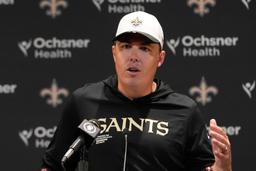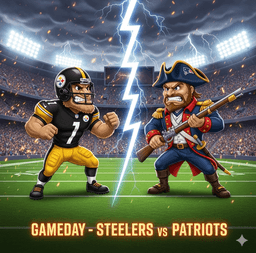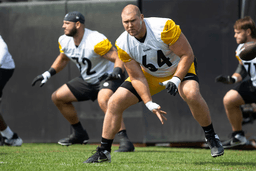Farewell to Billy Howton: The Packers' Timeless Legacy
GREEN BAY, WI — August 10, 2025 — Green Bay awoke to a somber morning. The news of Billy Howton’s passing at age 95, a Packers legend whose brilliance defined an era, left an irreplaceable void in the NFL community. His death, reported on August 4, marks a profound loss for football.
Howton’s career began with a dazzling 1952 rookie season, amassing 1,231 receiving yards—a then-record and the first 1,000-yard season by an NFL rookie. His speed, precision, and ability to outmaneuver defenders made him a trailblazer. Over 12 seasons with the Packers, Browns, and Cowboys, Howton tallied 503 receptions, 8,459 yards, and 61 touchdowns, retiring in 1963 as the NFL’s all-time leader in receptions and yardage. His 257-yard game against the Rams in 1956 remains a Packers record.
Beyond the field, Howton’s impact was monumental. As a co-founder of the NFL Players Association (NFLPA) and its first president from 1958 to 1961, he fought for players’ rights, securing pensions and better working conditions. “Billy always put the team first,” said Hall of Famer Raymond Berry. “His leadership shaped the game for us all.”
As the Packers prepare for the 2025 season under Jordan Love’s leadership, Howton’s passing serves as a poignant reminder of the franchise’s roots. His legacy of heart and honor resonates with a young roster aiming to carry Green Bay’s tradition forward. Fans, donning No. 86 jerseys at Lambeau Field, have flooded social media with tributes, honoring the “Red Fox” for his electrifying play and selfless spirit.
“Billy was a pioneer,” said former teammate Paul Hornung. “He didn’t just catch passes—he built a foundation for this game.” Howton’s induction into the Packers Hall of Fame in 1974 cemented his place in Titletown lore. His death, though a loss, underscores the enduring values he championed.
Billy Howton has left the field, but his cheers echo every time a ball sails into the end zone at Lambeau. His legacy lives on, inspiring the Packers to chase greatness with the same fire he brought.












